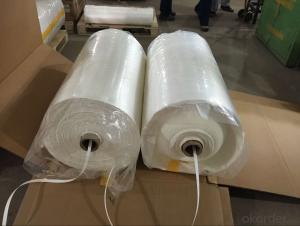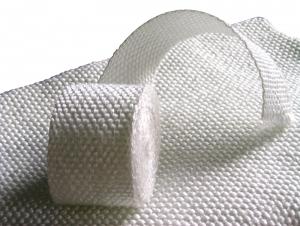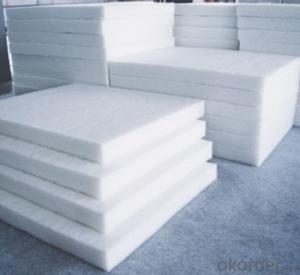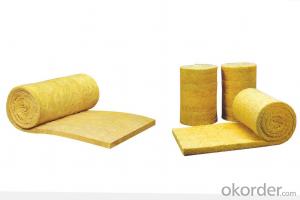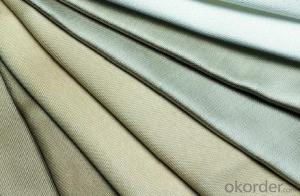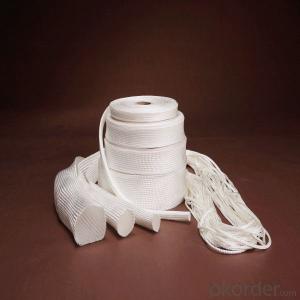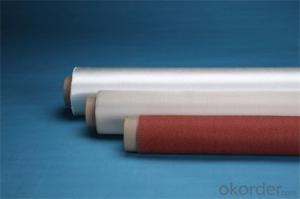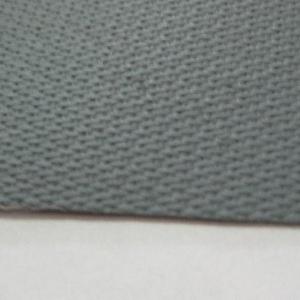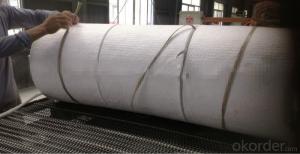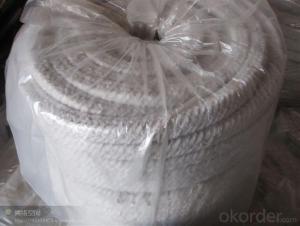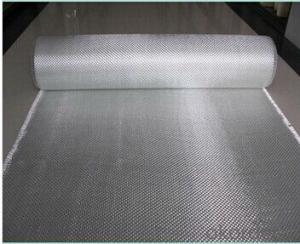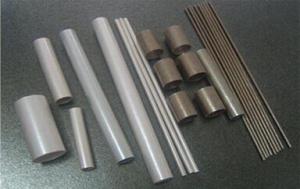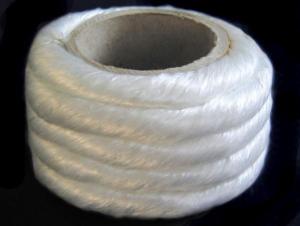Glass Fiber Textiles - 18oz Silica Fiberglass Cloth Resisting 1000°C for Heat Resistance
- Loading Port:
- China main port
- Payment Terms:
- TT OR LC
- Min Order Qty:
- 1000 m
- Supply Capability:
- 100000 m/month
OKorder Service Pledge
OKorder Financial Service
You Might Also Like
Product Description
Silica fiberglass is inorganic fiber that contents more than 96% of SiO2, it's resistant to high temperature, soft point 1700°C, long term service temperature 900 °C, it can work 10 minites at 1450 °C and keeps good state at 1600 °C for 15 seconds. For it's properties of chemical stability, high temperature resistance and ablation resistance, it widely used in aviationand aerospace, metallurgy, chemical, building material and fire fighting industry, etc.
Our factory is the only one that specialized manufacture silica fiberglass in China and has the production line of the whole process from marble making, fiber forming, weaving, and finish. The strength of silica fiberglass made from Na2O-B2O3-SiO2 system glass is 3-5 times higher than that from E glass. The products sold to more than 20 provinces, cities, autonomous regions and exported to foreign countries.
Silica fiberglass products are available in forms of needled mat, fabric, scrim, staple yarn, chopped strand and cord, etc.
Product Properties
1> SiO2>=96%
2> soft point nearly 1700°C, long-time working at 900°C
3> low thermal conductivity
4> good chemical stability
5> good electrical insulation
6> low thermal shrinkage
7> Non-asbestos product without pollution
8> good process performance
Product Uses
High temperature resistant, insulation and sealing material
High temperature ablation resistant material
Fireproof material (for fireproof protective clothe, fireproof curtain, fire blanket)
Dust collecting in media of high temperature gas and filtration in media of high temperature liquid
Filter for molten metal
Distinguisher, insulation material, filtration of automobile and motorcycle
Protective material for welding
Electricity insulation material
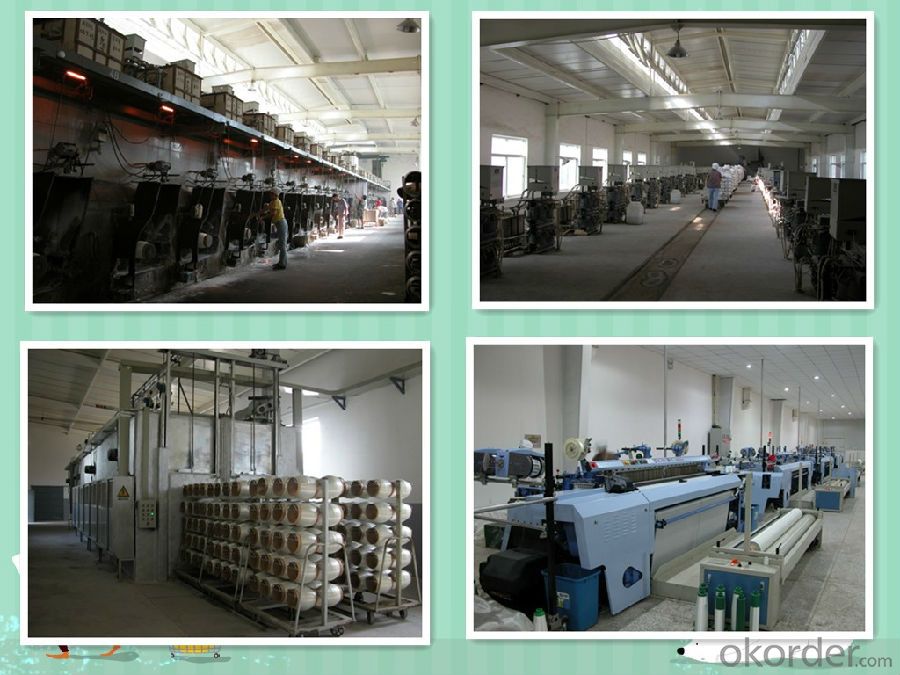
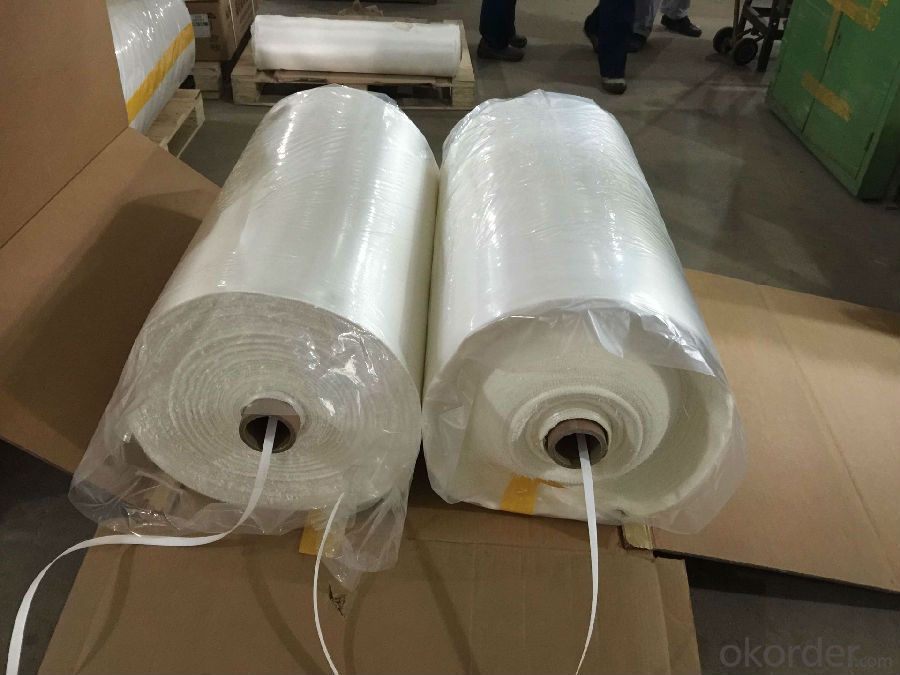
- Q: What are the different coating options for glass fiber textiles?
- There are several different coating options for glass fiber textiles, depending on the intended application and desired characteristics. Some of the common coating options include: 1. Silicone Coating: Silicone-based coatings are popular for their excellent heat resistance, flexibility, and water repellency. They provide a smooth and glossy finish to the glass fiber textiles, making them suitable for applications such as insulation, fireproofing, and protective clothing. 2. Polyurethane Coating: Polyurethane coatings offer enhanced abrasion resistance, durability, and chemical resistance. They provide a protective barrier against moisture, oils, and chemicals, making them ideal for applications like industrial aprons, conveyor belts, and outdoor covers. 3. PTFE Coating: Polytetrafluoroethylene (PTFE) coatings are known for their non-stick properties, high temperature resistance, and low friction. These coatings create a smooth and non-porous surface on the glass fiber textiles, making them suitable for applications such as release sheets, conveyor belts, and insulation tapes. 4. Acrylic Coating: Acrylic-based coatings provide good UV resistance, flexibility, and moisture resistance. They are commonly used for outdoor applications such as awnings, canopies, and outdoor furniture covers. 5. Vinyl Coating: Vinyl coatings offer excellent weather resistance, flame retardancy, and chemical resistance. They are commonly used for applications requiring durability and protection against harsh environmental conditions, such as truck covers, tents, and tarps. 6. Latex Coating: Latex-based coatings provide good flexibility, adhesion, and water resistance. They are often used for applications such as gloves, medical textiles, and waterproof garments. It is important to consider the specific requirements and intended use of the glass fiber textiles when selecting the appropriate coating option.
- Q: Can glass fiber textile be used in concrete reinforcement?
- Yes, glass fiber textile can be used in concrete reinforcement. Glass fiber textiles are strong and lightweight, making them suitable for reinforcing concrete structures. They provide enhanced durability, crack resistance, and improved tensile strength to the concrete. Additionally, glass fiber textiles are corrosion-resistant, which is particularly beneficial in harsh environments.
- Q: How do glass fiber textiles compare to natural fibers in terms of sustainability?
- Glass fiber textiles and natural fibers exhibit notable differences in sustainability. Whereas natural fibers, like cotton or hemp, derive from renewable resources, glass fiber textiles are produced using non-renewable materials such as sand and limestone. The extraction and processing of these raw materials for glass fibers impose significant environmental consequences, such as energy consumption and greenhouse gas emissions. Moreover, the manufacturing of glass fiber textiles necessitates substantial amounts of energy and water, thereby exacerbating their environmental footprint. Conversely, natural fibers can be cultivated with minimal water and energy inputs, often benefiting local agricultural communities and reducing reliance on synthetic materials. Furthermore, glass fiber textiles lack biodegradability, leading to their persistence in the environment for extended periods and contributing to waste accumulation and potential pollution. In contrast, natural fibers, being organic in nature, typically biodegrade naturally over time, thereby minimizing their impact on landfills and ecosystems. However, it is worth noting that the sustainability of glass fiber textiles can be enhanced through recycling and the adoption of more energy-efficient manufacturing processes. By recycling glass fibers, the demand for virgin materials can be reduced, consequently lowering environmental impacts. Additionally, advancements in technology and production methods can aid in diminishing the energy and water consumption associated with glass fiber production. In conclusion, while glass fiber textiles possess certain advantages such as strength and durability, they generally yield a higher environmental impact in terms of sustainability compared to natural fibers. Conversely, natural fibers are renewable, biodegradable, and require fewer resources for production. Nonetheless, improvements in manufacturing practices and recycling endeavors can augment the sustainability of glass fiber textiles, thereby rendering them a more environmentally friendly option in the future.
- Q: What do 02 and 04 of fiberglass cloth refer to?!
- According to the composition of glass, roving can be divided into E-GLASS alkali free glass roving and alkali glass roving in C-GLASS.
- Q: What is the cost of glass fiber textiles?
- The cost of glass fiber textiles can vary depending on various factors such as the type and quality of the textile, the quantity being purchased, and the supplier. On average, glass fiber textiles can range in price from $2 to $10 per square yard. However, it is important to note that these prices are approximate and can vary significantly. Additionally, specialized or custom-made glass fiber textiles may be priced higher. It is recommended to contact suppliers and request quotes to get accurate and up-to-date pricing information for specific glass fiber textiles.
- Q: How does glass fiber textile contribute to energy efficiency?
- Glass fiber textile contributes to energy efficiency by providing insulation and thermal resistance. Its low thermal conductivity helps to reduce heat transfer, preventing the loss of warmth during cold weather and the penetration of heat during hot weather. This insulation property helps to reduce the reliance on heating and cooling systems, thus lowering energy consumption and improving energy efficiency in buildings. Additionally, glass fiber textile also enhances the acoustic properties of a structure, reducing noise pollution and further contributing to energy efficiency by minimizing the need for additional soundproofing materials and equipment.
- Q: Can glass fiber textile be embroidered?
- Yes, glass fiber textile can be embroidered.
- Q: Can glass fiber textiles be patched?
- Yes, glass fiber textiles can be patched. Patching is a common practice used to repair damaged or torn sections of glass fiber textiles. The process involves applying a patch, typically made of the same material, to the damaged area using an adhesive. This helps to restore the integrity of the textile and prevent further damage. It is important to ensure that the patch is securely attached and properly aligned with the damaged area to ensure a strong and durable repair.
- Q: How do glass fiber textiles resist UV degradation?
- Glass fiber textiles resist UV degradation due to their inherent properties and manufacturing process. Glass fibers are made from molten glass that is spun into thin strands or filaments. These filaments are then woven or knitted together to form a textile. The molten glass used in the manufacturing process contains various additives, including UV stabilizers. UV stabilizers are chemicals that are added to the glass fiber material to absorb or reflect UV radiation. These stabilizers help to prevent the degradation of the textile when exposed to sunlight or other sources of UV radiation. They act as a barrier, preventing the UV rays from reaching the fibers and causing damage. Additionally, the physical structure of glass fibers also contributes to their resistance to UV degradation. Glass fibers have a smooth and non-porous surface, which makes it difficult for UV rays to penetrate and break down the material. This structural integrity helps to maintain the strength and durability of the textile even after prolonged exposure to UV radiation. Furthermore, glass fibers have a high melting point and are resistant to heat. This characteristic allows them to withstand high temperatures that may be generated by UV radiation without degrading or melting. Overall, the combination of UV stabilizers, the physical structure of glass fibers, and their heat resistance make glass fiber textiles highly resistant to UV degradation. This resistance allows them to maintain their integrity, strength, and appearance over time, making them suitable for outdoor applications where exposure to sunlight and UV radiation is common.
- Q: What are the applications of glass fiber textile?
- Glass fiber textiles have a wide range of applications due to their unique properties. They are commonly used in industries such as aerospace, automotive, construction, and electrical insulation. Glass fiber textiles are used for reinforcement in composites, providing strength and durability to various products like aircraft components, car bodies, and building materials. They are also utilized for thermal insulation and fire resistance in buildings and as electrical insulation in wiring and cables. Additionally, glass fiber textiles find applications in filtration systems, protective clothing, and even in the production of sports equipment.
Send your message to us
Glass Fiber Textiles - 18oz Silica Fiberglass Cloth Resisting 1000°C for Heat Resistance
- Loading Port:
- China main port
- Payment Terms:
- TT OR LC
- Min Order Qty:
- 1000 m
- Supply Capability:
- 100000 m/month
OKorder Service Pledge
OKorder Financial Service
Similar products
Hot products
Hot Searches
